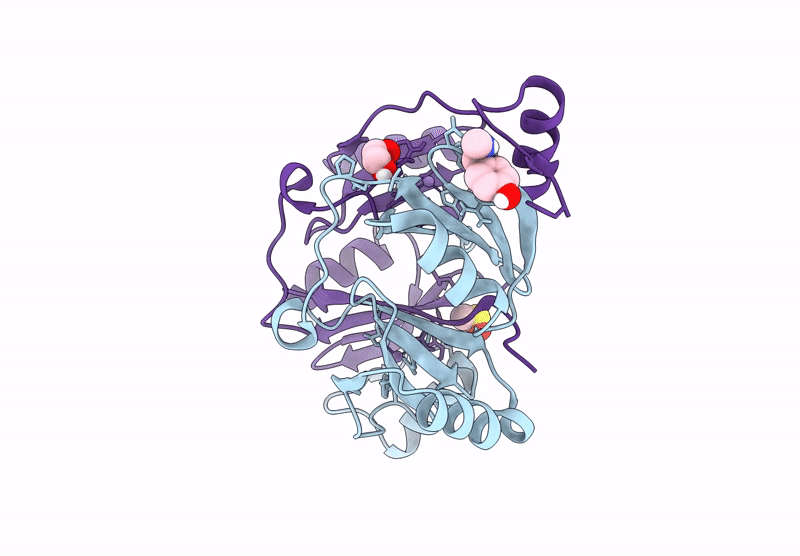
Deposition Date
2025-06-25
Release Date
2025-10-15
Last Version Date
2025-10-22
Entry Detail
PDB ID:
9RQ9
Keywords:
Title:
Fragment screening of FosAKP, cryo structure in complex with fragment F2X-entry F08
Biological Source:
Source Organism:
Klebsiella pneumoniae (Taxon ID: 573)
Host Organism:
Method Details:
Experimental Method:
Resolution:
1.15 Å
R-Value Free:
0.16
R-Value Work:
0.14
R-Value Observed:
0.14
Space Group:
P 21 21 2


